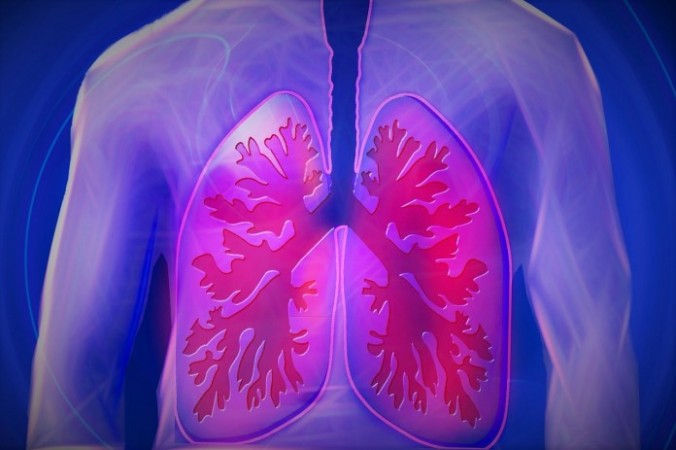Steam therapy has gained popularity as a potential method to promote lung health. Here's a comprehensive guide to the benefits of steaming and the correct way to do it.
1. Introduction to Steaming and Lung Health
Steaming, a practice dating back centuries, involves inhaling warm, moist air. Many believe it offers various health benefits, including improved respiratory function. But does steaming really benefit the lungs?
2. The Science Behind Steaming
- Moisture for the Airways: Inhaling warm steam can help moisturize and soothe the airways, potentially easing breathing discomfort.
- Dilation of Airways: Steam may trigger the dilation of bronchial tubes, allowing increased airflow and potentially alleviating congestion.
3. The Potential Benefits of Steaming for Lungs
- Congestion Relief: Steaming might provide temporary relief from nasal congestion and chest tightness.
- Mucus Loosening: Warm steam could help in loosening thick mucus, making it easier to expel from the lungs.
- Cough Suppression: Some individuals find that steaming helps suppress dry, persistent coughs.
4. How to Steam Safely and Effectively
- Use Clean Equipment: Ensure your steaming equipment is thoroughly cleaned to prevent introducing harmful particles into the airways.
- Appropriate Temperature: The steam should be comfortably warm, not scalding. Extremely hot steam can damage the delicate lung tissues.
- Additives with Caution: While some add eucalyptus or other essential oils to the water, do so cautiously, as strong scents might irritate the airways.
5. Step-by-Step Guide to Steaming
- Gather Supplies: You'll need a bowl of hot water, a towel, and possibly essential oils.
- Create a Tent: Drape the towel over your head, creating a tent over the bowl of steaming water.
- Inhale Slowly: Lean over the bowl and inhale the steam gently through your nose. Exhale through your mouth.
- Duration: Aim for about 10-15 minutes, but stop if you feel lightheaded or uncomfortable.
- Post-Steam Care: After steaming, rest and avoid exposure to cold air for a while.
6. Precautions and Considerations
- Medical Consultation: Consult a healthcare professional before trying steam therapy, especially if you have respiratory conditions.
- Not a Cure: Steaming is not a substitute for medical treatments; it can only provide temporary relief.
- Individual Variability: The effects of steaming can vary from person to person, and not everyone may find it beneficial.
Incorporating steaming into your health regimen might offer temporary relief and comfort to your lungs. However, it's essential to approach it with caution and not solely rely on it for managing respiratory issues.
Euro Falls on Gloomy PMI Data, Dollar Hits 2-Month High
Sattu: Your New Favorite Sweet for Detoxifying the Blood
Navigating Relationship Success: Identifying Green Flags
